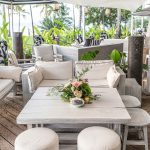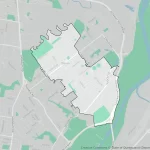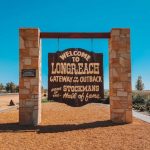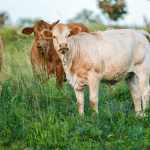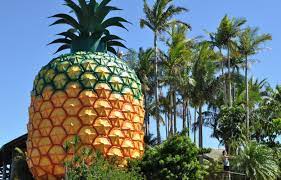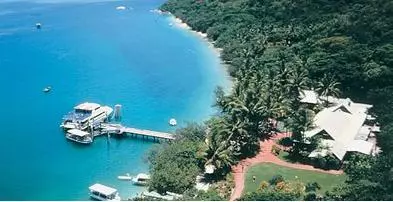The Big Mango is located about 4km south of Bowen in North Queensland and serves as a symbol of the fruit that has made the town famous not just in Australia, but also in many other parts of the world.
The mango was first introduced to the region in the late 1800s. The actual events surrounding its introduction are somewhat unclear, but all versions of the story involve Mr. GF Sandrock, who was the harbour and customs officer in Bowen at the time.
During the late 1800s, Bowen had a thriving horse trading business with India. Mangoes were used on the ships during their voyages to prevent scurvy, and some of these mangoes were given to Mr. Sandrock. There are three main versions of how the mango was introduced to the area. The first suggests that Sandrock gave some of the fruit to a friend named McDonald, who then passed some seeds to a Mr. Lott. Lott subsequently planted these seeds on his farm, Valley Orchard. The second version claims that Sandrock planted the mangoes on his own property, Woodland, and later gave some seeds to Lott. The third and most likely version posits that Sandrock gave the seeds directly to Lott, who then began to produce the fruit commercially.
Regardless of the initial introduction, the commercial production of the mango became the most significant development. It was Mr. Lott who started shipping the fruit to Sydney, a practice that his son, Harry Lott, continued. The Bowen Mango became so popular in Sydney markets that Harry took extreme measures to protect the seeds, even going so far as to sabotage them to prevent other growers from obtaining them.
Today, the Bowen Mango remains highly popular and even features in a charity auction at the Sydney markets. The first tray of the season can fetch more than a thousand dollars, with the proceeds going to the purchaser’s nominated charity.
The mango-picking season in Bowen runs from October to March each year and serves as a popular income source for working visitors, such as backpackers.


